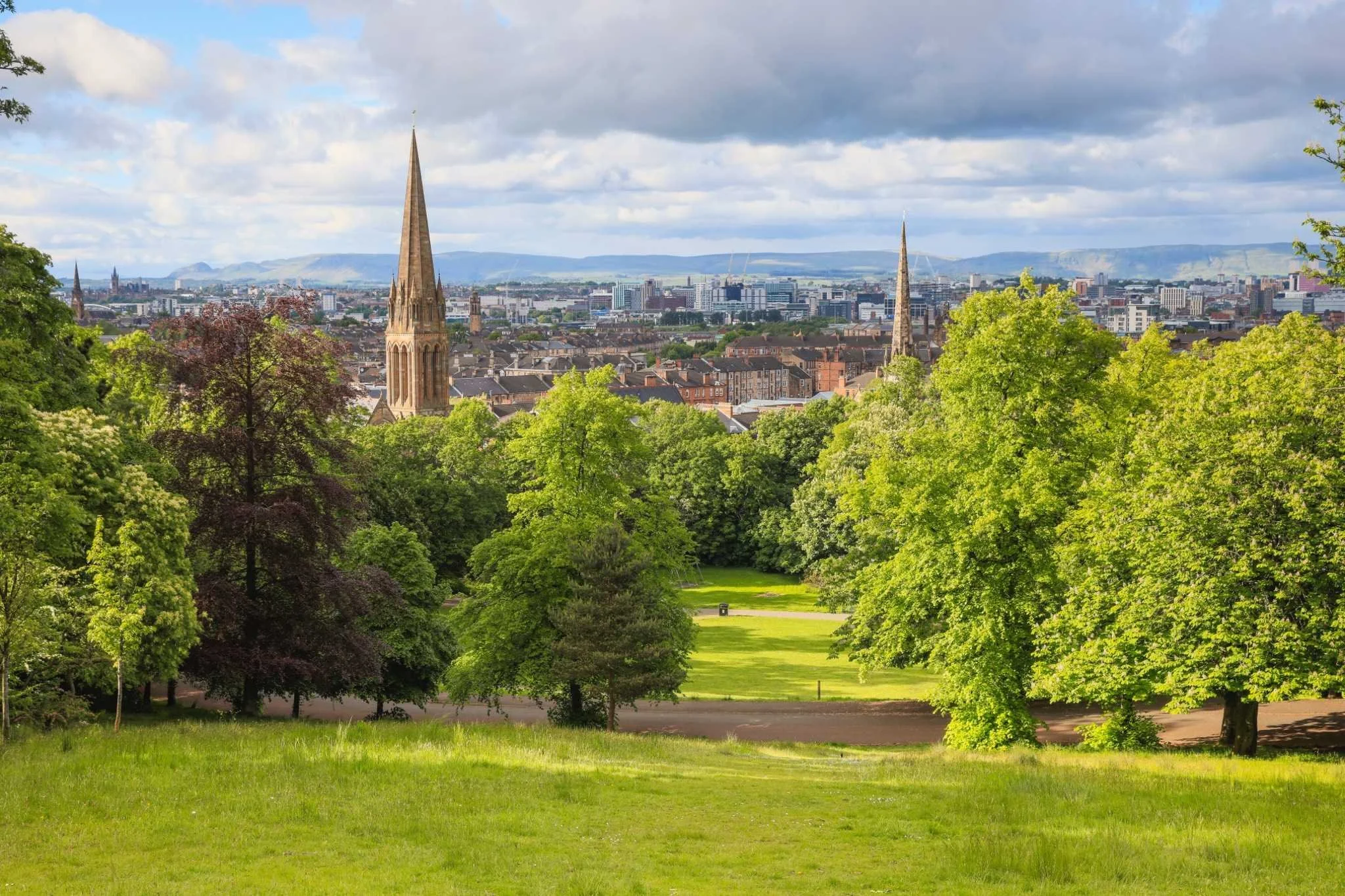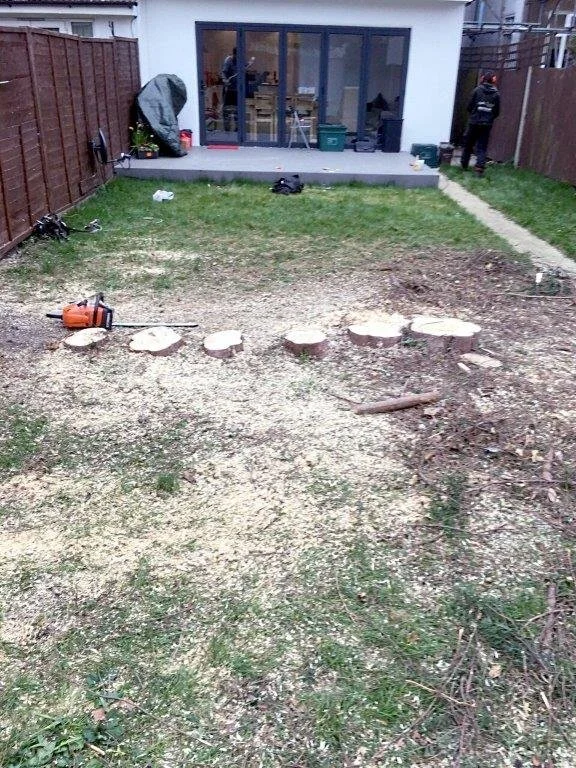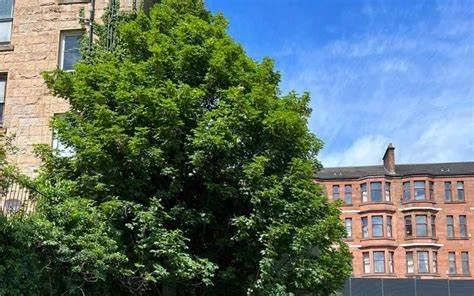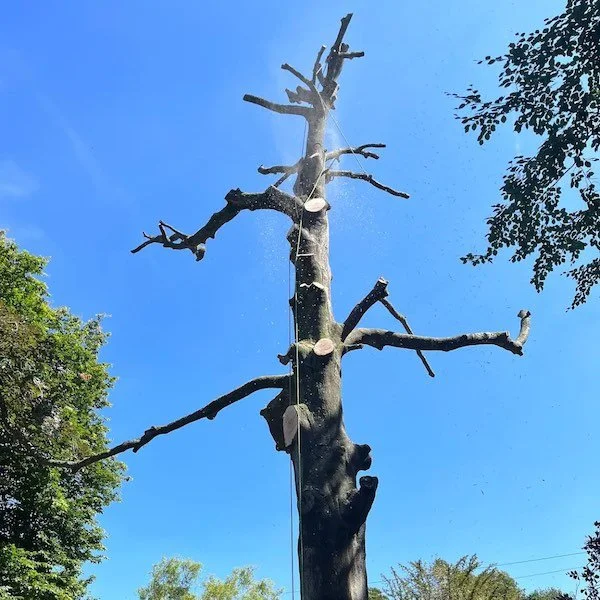
Your tree surgery related questions and answers
Frequently asked questions
-
All of our site teams have the required National Proficiency Test Council qualifications and each tree surgeon carries a card displaying their completed qualifications. And for tree surgeon insurance, we have both public liability and employers’ liability insurance ensuring property and people are covered. Details of insurance available on request.
-
It is essential to consider the potential for Tree Preservation Orders when planning any tree works, especially in Glasgow, as there are a number of conservation areas and you can be liable for a large fine if you do not get the correct permission. It is easy to check whether your property is in a conservation area or if there are Tree Preservation Orders that may apply. These can be checked, sometimes online, with the relevant local authority. We are more than happy to undertake these searches on your behalf if preferred.
The Town and Country Planning Act also makes special provision for trees in conservation areas which are not the subject of a TPO. Every conservation area has blanket order covering all trees with a central stem diameter of 7.5cm at 1.5meters from ground level. This does not generally apply to shrubs and hedges.
-
We calculate tree surgeon costs for each job individually, taking into account all the relevant factors, to make sure we can offer you the best possible service for the most cost-effective price based on your specific needs. Our experienced team are skilled at seeing what is required and how best to achieve it with minimum fuss, mess and disturbance.
-
Trees should be regarded as real assets to our homes and gardens for a multitude of reasons, not least because they are so beautiful. However, occasionally they can cause problems to nearby structures such as subsidence and other forms of structural damage.
If a tree grows very close (typically within 1.5m) of a lightly loaded wall or structure, then as it grows, the base of the stem or the large diameter roots very close to the trunk may exert pressure and cause it to collapse or lift.
If a house is founded upon a shrinkable clay soil, then trees may cause or add to movement damage because they draw water from the soil and cause it to dry out. Some trees require more moisture than others but all trees will require more moisture when they are fully grown with a large crown, so it is worth considering these aspects when planting new trees.
Trees growing close to drains and sewers may cause ‘direct’ damage if very close. At a greater distance it is common for tree roots to enter a pipe via an existing hole or gap and then to cause a blockage once the roots multiply. Where access is possible, clearing roots and inserting a flexible liner may solve the problem. This is mainly the case with old leaky drains; modern plastic drains are seldom affected.
The proximity of trees is often taken into consideration when a house is insured or valued. This does not necessarily mean that a tree poses a threat, but unfortunately, trees are often blamed for any movement in a building. If you have a tree that is close to a building or its foundations, it is always advisable to contact a professional tree surgeon to help you manage this risk and to manage the tree’s development both above and below ground.
-
Many of our customers now keep the wood chippings for future use on the garden as mulch – ideal for keeping weeds out and moisture in. This depends on the type of chip and its intended use. A number of trees when chipped are unsuitable for garden use but our tree surgeons will always advise you of the suitability of your wood chippings and are of course happy to leave them for you if you want them.
-
Whilst you have the right to prune or remove any branches that grow onto your property, you must ensure that this pruning does not threaten the health or stability of the tree or contravene any of the legislative protections outlined above. A professional tree surgeon can advise you on how much you can remove to avoid this. However, you have no right in law to demand that your neighbours reduce the height of their trees or hedges. We have found that a courteous request and an explanation of your problem is probably the best way to proceed initially!
Rules for cutting a neighbour’s overhanging trees
Before carrying out any pruning, you must keep in mind that Tree Preservation Orders or Conservation area restrictions may apply. You must also offer any debris back to the owner of the tree but you cannot compel the owner of the overhanging trees or hedge to carry out this work or pay for it.
What can I do about my neighbour’s hedge?
If your neighbours have an evergreen hedge, which has an adverse impact on your property, you can make a formal complaint to your Local Planning Authority (LPA) under the High Hedges legislation as set out in Part 8 of the Antisocial Behaviour Act 2003. There is usually a charge for this and the LPA will consider the complaint using standard government guidance set out in a document called Hedge Height and Light Loss. If your complaint is successful the LPA will determine an Action Height to which the height of the hedge must be reduced.
Unfortunately, under normal circumstances, you have no legal right to a view which may have been obscured by your neighbour’s trees.
-
It is recommended that trees are worked on after leaf fall and before bud burst. This however is not true for all species so we would prefer to look at each tree individually and give you a written report and recommendation for timing the necessary work. Some examples of trees requiring work at other times are Cherry, Plum and related trees (Prunus species). These should be pruned soon after flowering to reduce the risk of bacterial infection. Maple and Birch should not be pruned in the spring to avoid ‘bleeding’ (exuding sap), which although not considered damaging can be unsightly while Magnolia and Walnut should only be pruned in high summer. Most common species of hedges can be pruned any time of the year but again we would confirm this after inspection and always consider the environmental impact in terms of nesting birds etc before commencing.
As a rule of thumb, a tree’s root system extends as far underground as its canopy does over ground. This can be distorted by regular or severe pruning, but it is generally possible to manage a tree’s root system underground by regularly pruning or reducing the canopy above ground because a tree does not need to expend energy developing its root system if it does not have to support a large canopy above ground.
-
It is always possible to remove or prune or reduce trees of any size in limited spaces and we have many years of experience in working in these areas so have all of the relevant skills and equipment to tackle projects in confined spaces without damage or undue inconvenience. By using a combination of roping systems and by dismantling trees in manageable sections, our professional tree surgeons can ensure the protection of paving, fences, greenhouses, planted areas and of course neighbouring properties.
We commonly work in trees above pavements and roads, where the protection of the public is a primary requirement. By having sufficient, qualified and experienced ground staff, we can manage traffic and pedestrians to ensure that all work is carried out whilst eliminating the risk to the public and their property in any situation. We of course also carry all of the relevant insurances for this type of work.
No Side Access to Garden
In situations where there is no alternative access other than through a property, we appreciate that it is imperative to treat this access with the utmost care. We respect our customer’s property and are very experienced at removing tree branches or debris whilst avoiding damage and limiting disruption. We take great pains to ensure that we leave your property as tidy, or even tidier than we found it.
Whether performing a tree removal or reducing or pruning a tree we process all debris into bundles that can be wrapped up in bags and carried underarm. We tailor the size of these bundles to suit the access, taking huge care to ensure your home is protected. We use dust sheets to protect the floors from door to door and our previous customers have always been appreciative of our efforts to limit disruption and our respect for their property.






